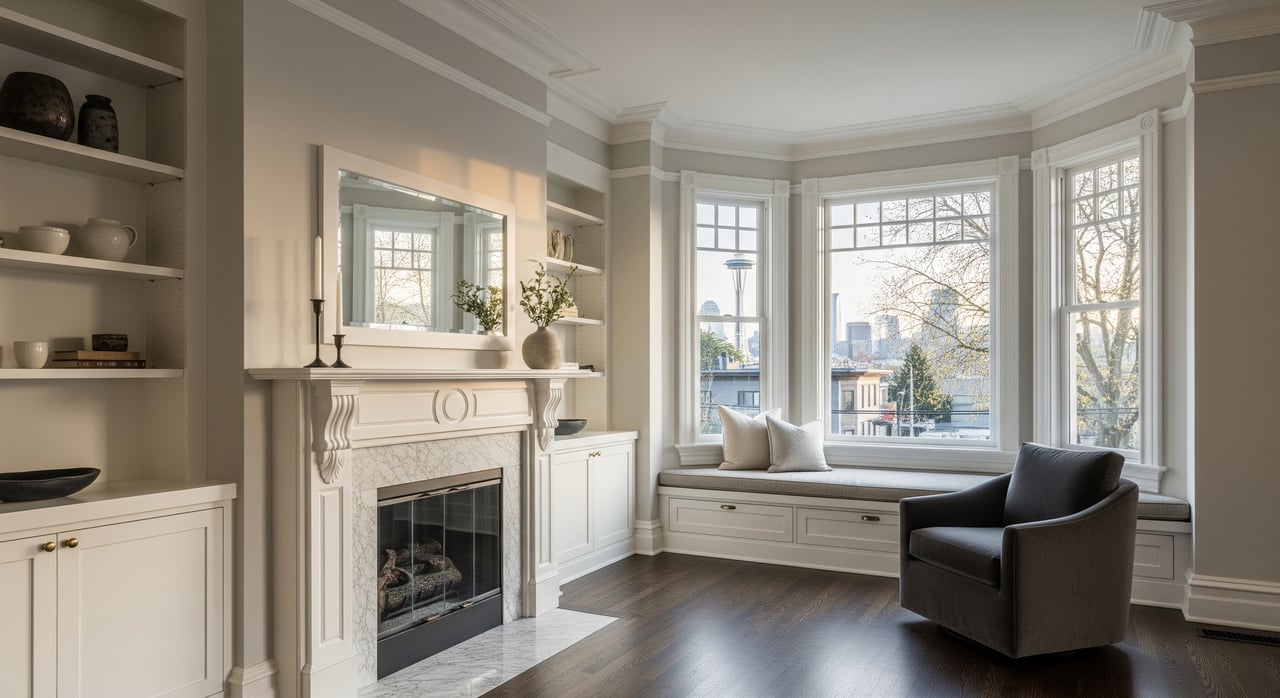
Pre-List Renovation ROI for Queen Anne Sellers
- 01/1/26
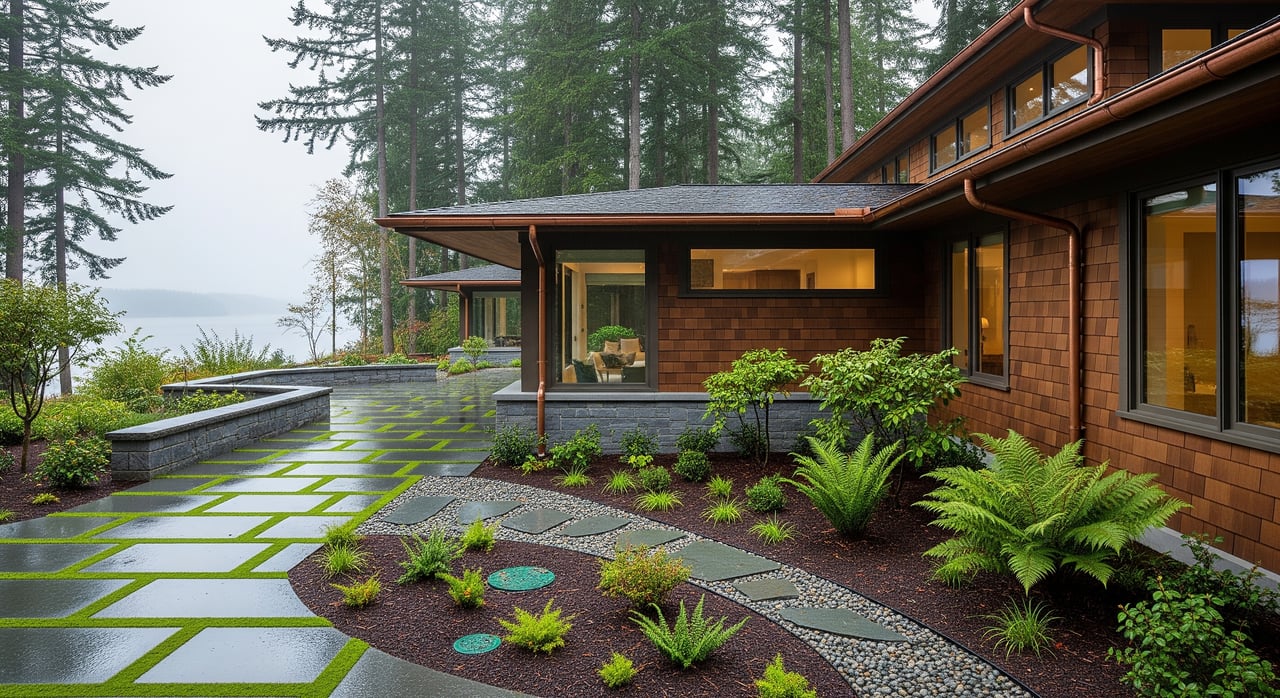
Seattle Microclimates: Maintenance Tips for Lake Forest Park
- 12/18/25
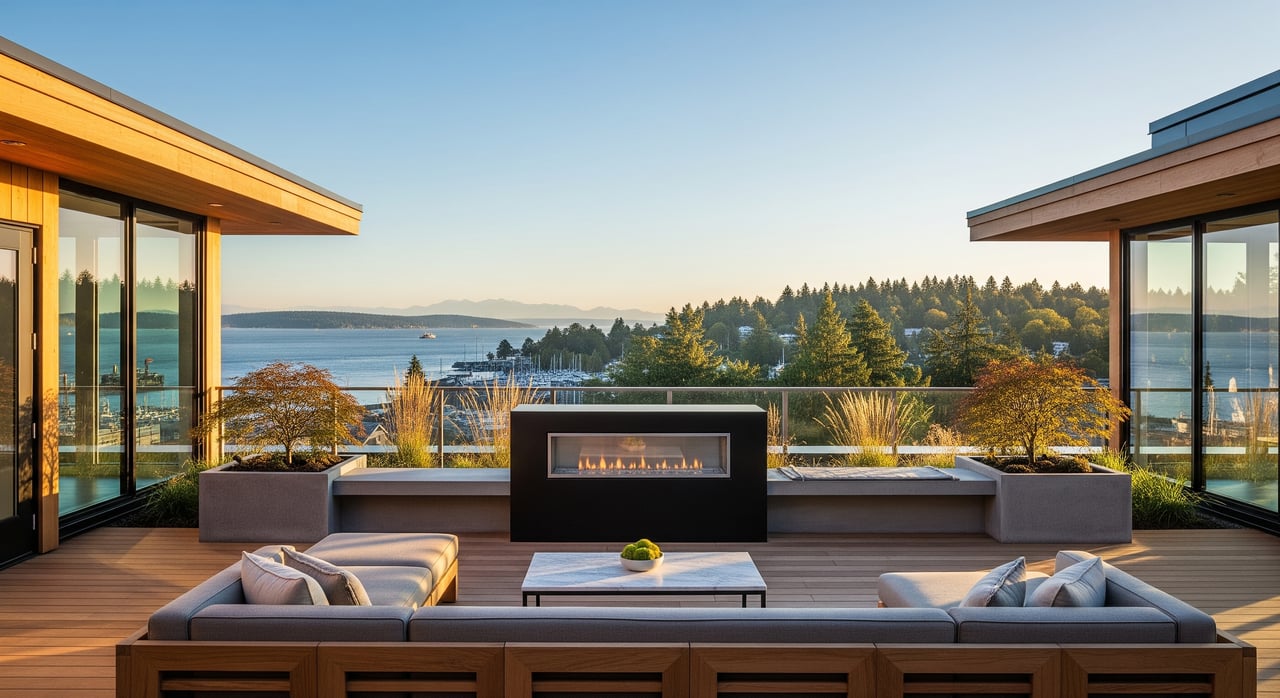
HOA Reserves and Fees for Ballard Condos
- 12/4/25
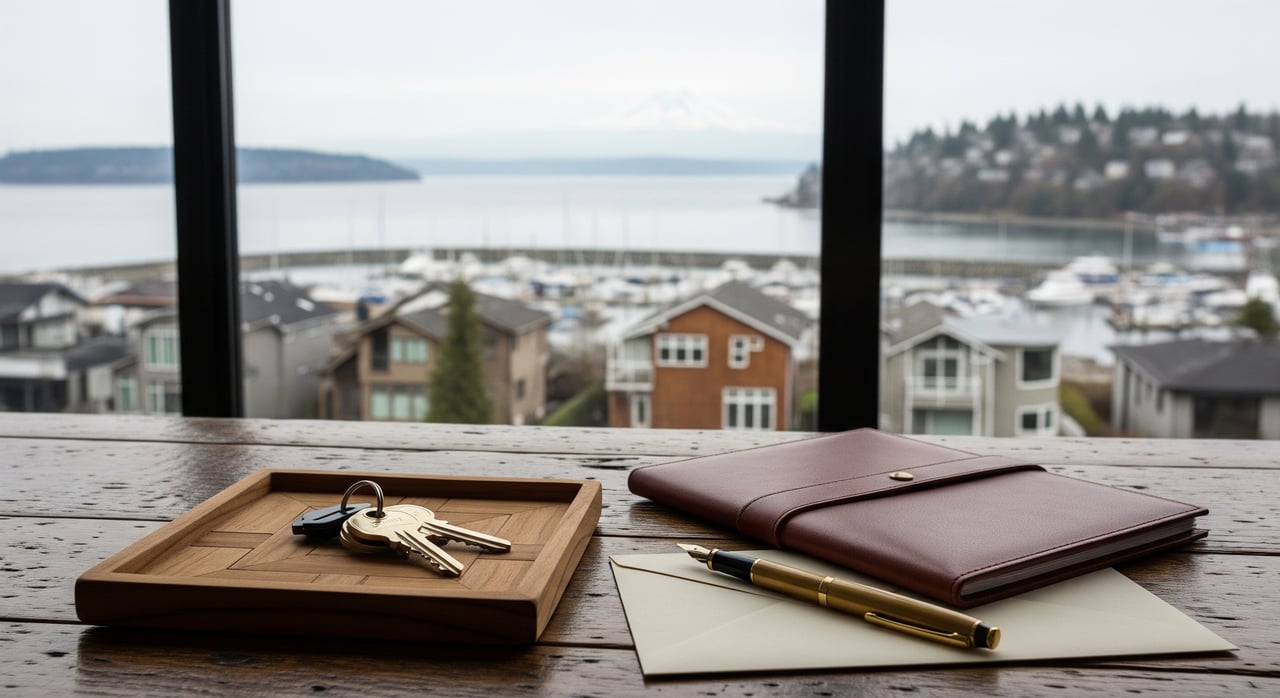
Earnest Money in Washington: Seattle Buyer Basics
- 11/21/25

Bathroom Ventilation Ducts and Fans
- Milaina West
- 11/6/25
Bathroom ventilation systems are designed to exhaust odors and moist air to the home’s exterior.
Read MORE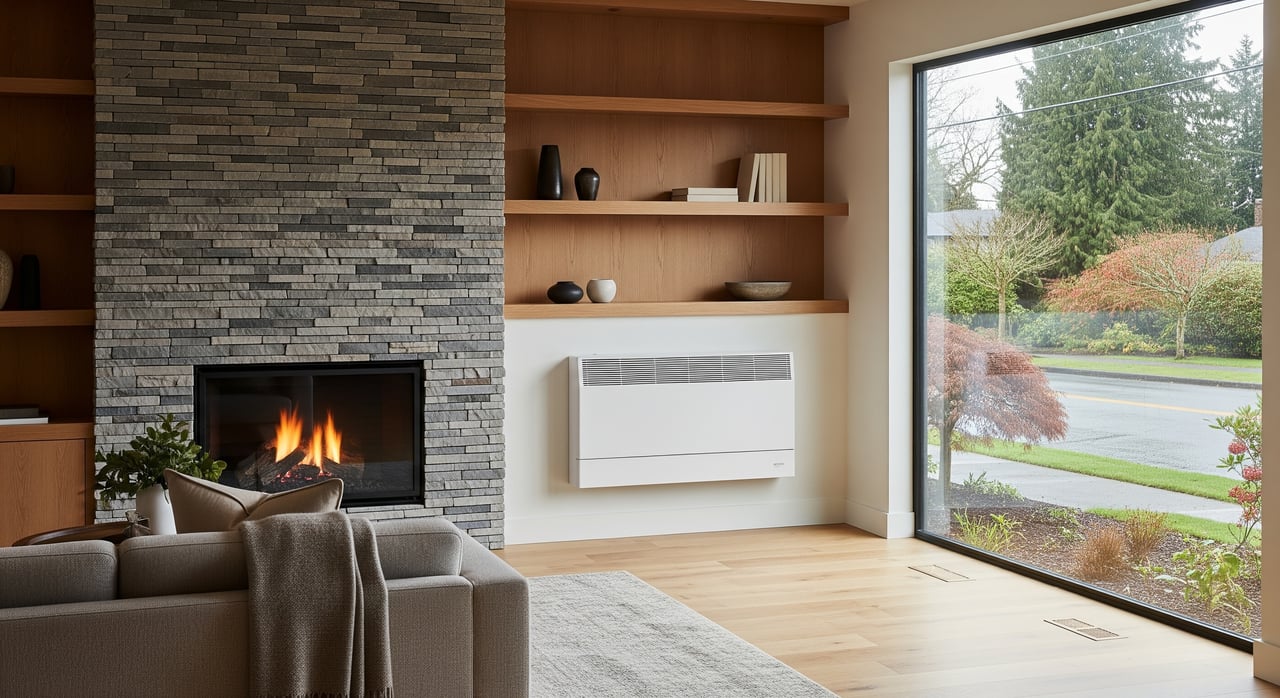
Heat Pumps in Ravenna: Rebates, Codes, and Comfort
- 11/6/25
Sorry, we couldn't find any results that match that search. Try another search.